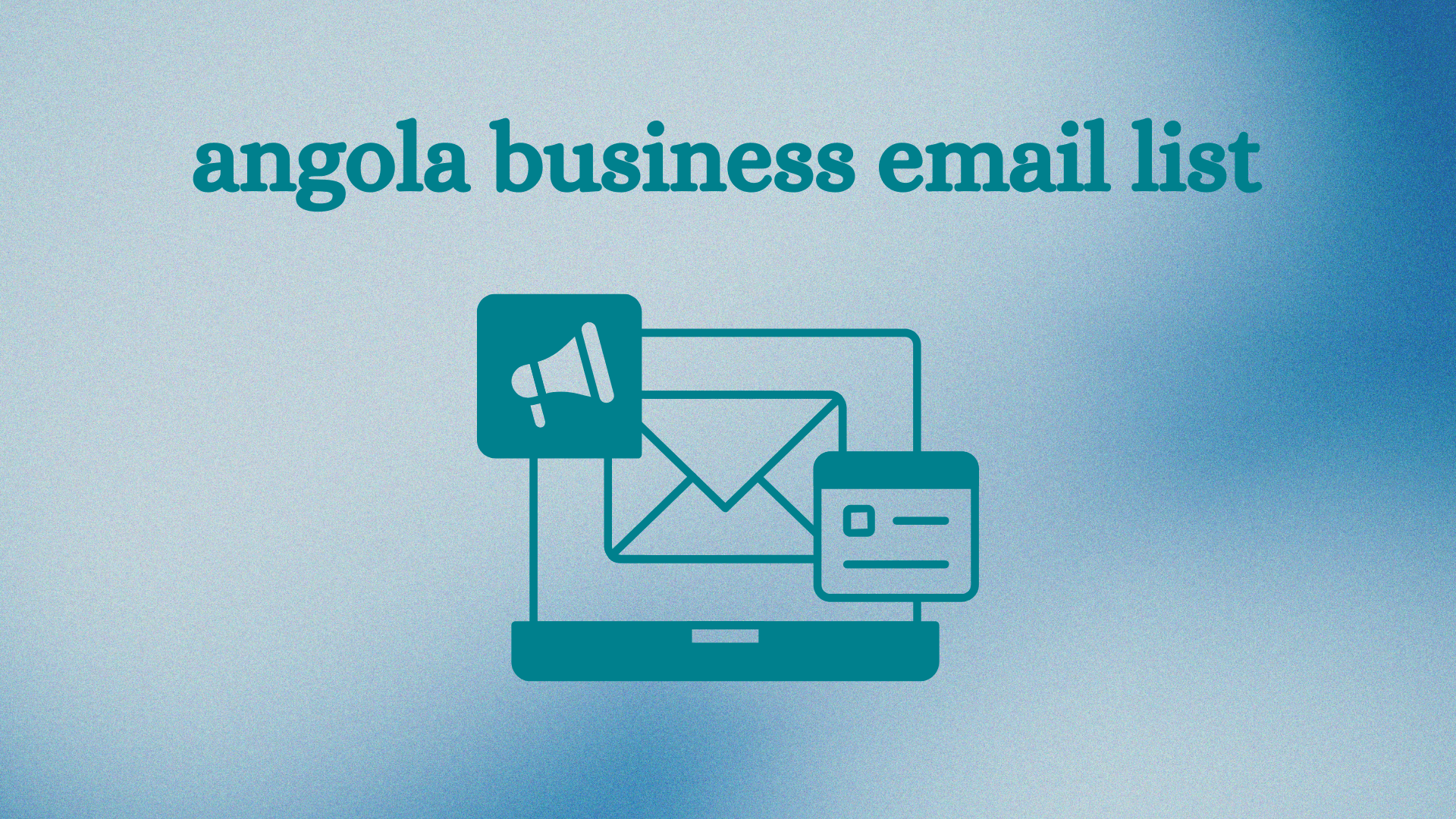The Inbound Marketing methodology follows four main stages: attract, convert, close and delight. In the attraction stage, the focus is on capturing the attention of the target audience through optimized content, such as blog posts, videos and social media. In the conversion stage, the goal is to transform these visitors into leads, offering rich materials in exchange for contact information. The closing stage seeks to transform these leads into customers, using marketing automation and lead nurturing strategies. Finally, the delight stage aims to maintain a post-sale relationship, ensuring customer satisfaction and, potentially, their loyalty to the brand.
Why is Inbound Marketing important for companies of different sizes?
Regardless of the size of the company, Inbound Marketing offers substantial benefits that can directly impact business results. For small businesses with limited budgets, this strategy allows marketing to be more efficient, since well-targeted content can generate long-term results without the need for large investments in paid advertising. Studies show that leads generated by Inbound Marketing cost 61% less than leads generated by traditional means, according to HubSpot.
For mid-sized businesses, inbound marketing enables process automation and advanced audience segmentation. This means they can manage their leads more effectively, investing in nurturing strategies that increase the likelihood of conversion. By creating personalized content campaigns, businesses can nurture leads at different stages of the sales funnel, resulting in greater efficiency and return on investment (ROI).
For large corporations, Inbound Marketing helps to consolidate the brand in the market, strengthening the institutional image. By offering content that answers the questions and problems of their consumers, these companies can improve public perception, in addition to increasing customer retention. A survey by Demand Metric shows that relevant content not only generates 3 times more leads than traditional marketing, but also increases customer loyalty by 5 times.
The impact of Inbound Marketing for B2B companies
The B2B (business to business) market has a longer and more complex purchasing journey, which makes Inbound Marketing an extremely effective strategy. In these cases, decision-makers usually seek detailed and reliable information before making large investments. Therefore, Inbound Marketing becomes a crucial tool for educating and guiding these angola business email list professionals throughout the purchasing journey.

B2B companies can use inbound strategies to create in-depth, technical content such as whitepapers, e-books, and case studies. These materials help showcase industry expertise and build trust with potential customers. Additionally, using marketing automation allows companies to deliver the right content at the right time, helping nurture leads until they are ready to convert. According to data from the Content Marketing Institute, 91% of B2B marketers already use content marketing as part of their strategy, which reinforces the importance of this approach.
The role of social media in B2B Inbound Marketing
While many B2B companies still view social media as an exclusively B2C (business to consumer) space, it can play an essential role in B2B inbound marketing. Platforms like LinkedIn and Twitter are environments where decision-makers can be reached through relevant content and discussions on market trends. The key is to share articles, webinars, and updates that showcase authority and thought leadership. According to a study by LinkedIn Business Solutions, 92% of B2B marketers include LinkedIn in their inbound strategies, highlighting the power of this social network for corporate businesses.
How Inbound Marketing Benefits B2C Companies
In the B2C (business to consumer) scenario, purchasing decisions are made faster, which makes Inbound Marketing an excellent strategy for influencing consumer behavior in real time. B2C companies can benefit from Inbound Marketing by creating content that quickly answers their consumers’ questions and needs. For example, video tutorials, informative blogs, and social media posts can help educate customers and increase brand trust, encouraging them to purchase products or services.
Inbound Marketing allows B2C companies to use remarketing techniques to attract consumers who have previously shown interest in products but have not completed the purchase. Personalizing offers and sending targeted emails based on consumer behavior are examples of how Inbound can be adapted for B2C audiences. A study by Epsilon revealed that 80% of consumers are more likely to buy from brands that offer personalized experiences, which demonstrates the importance of tailoring content to consumer preferences.
The importance of a well-structured blog in B2C
Having a well-structured blog is one of the most efficient ways to apply Inbound Marketing in B2C. It provides a platform for companies to create informative, educational or entertaining content that engages their target audience. By optimizing these articles with SEO (Search Engine Optimization) techniques, companies increase their visibility in search engines and attract more qualified visitors to their websites.
Blogs also help build brand authority and trust, especially when the content is useful and relevant to your audience. Research from DemandGen indicates that 47% of buyers consumed 3-5 pieces of content before contacting a sales rep, reinforcing the importance of providing valuable information throughout the customer journey.
Data-driven decision making
One of the great advantages of Inbound Marketing is the ability to accurately measure results. Through data analysis tools such as Google Analytics and marketing automation platforms, companies can closely monitor the performance of their campaigns, understand user behavior and adjust their strategies in real time. This process allows companies to identify which content is generating the most engagement, which marketing channels are most effective and where conversions are occurring.
